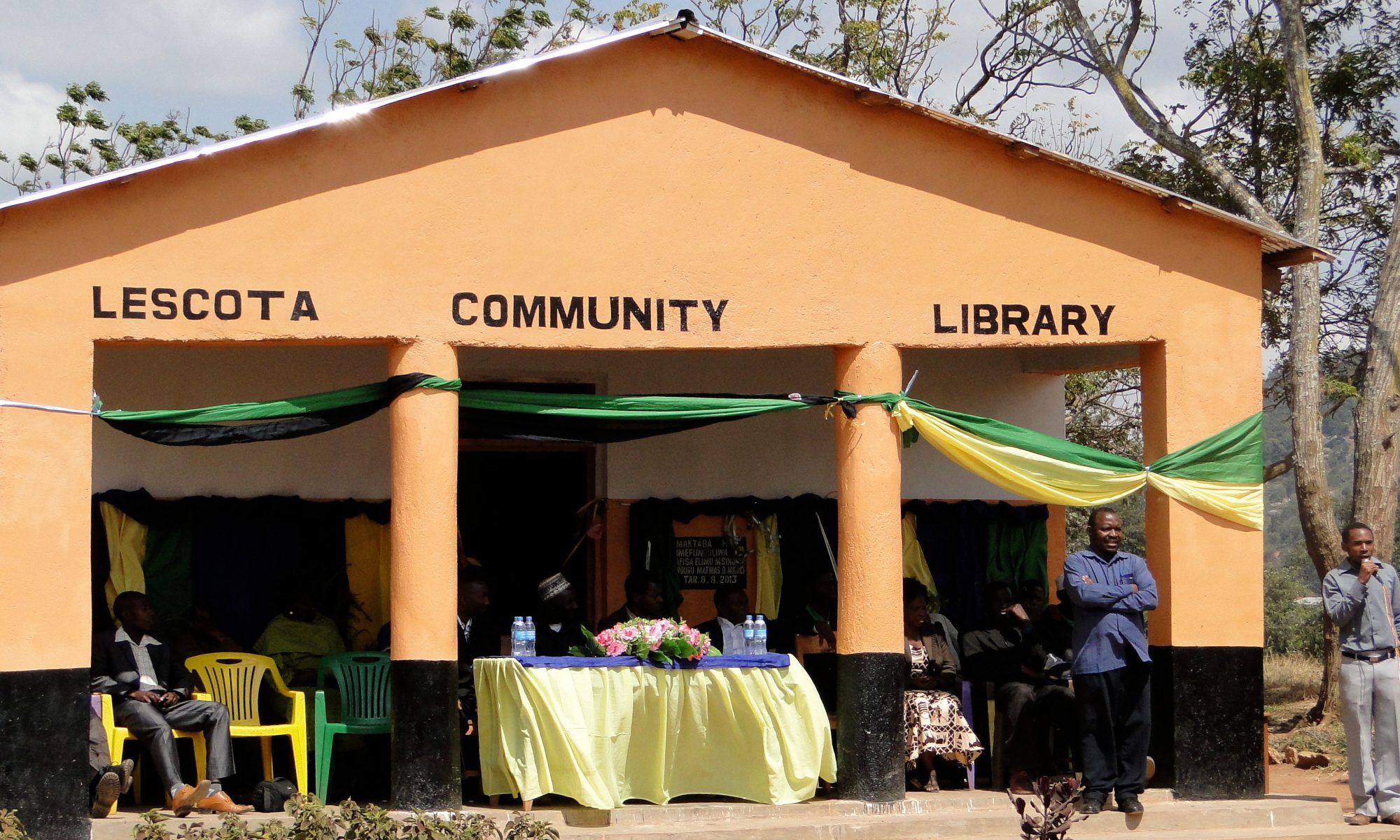The Center for Longitudinal Studies recently posted an article describing an Institute of Education study that found that children who regularly read for pleasure perform better in the classroom. We’re hoping that holds true for the children visiting the MACOBICA Library in Maguu. While roughly half of the visits are from secondary school students who come to the library occasionally in search of material to study, there are several young primary school students who regularly visit to read childrens’ books. In August Herieth (Grade 3), Allan, (Grade 2), and Samuel (Grade 2) visited the library 24, 22, and 18 times respectively. By partnering with MACOBICA to start and operate the library these children now have access to a far wider of selection of books to read than would have been available otherwise, and thus can develop the love of reading that will assist them as they continue their education.
Here is a
link to the article.
Prepared by the Government of Tanzania with support from UNESCO and the World Bank, Tanzania’s most recent Education Sector Analysis (2011) provides a wealth of analytical information meant to “nourish the dialogue between the government and education sector stakeholders, including development partners.” In light of our goal of founding and operating a successful secondary school in Tanzania, this document provides a justification for our decision to target female students from rural locations who but for assistance would lack the financial resources to pursue further education.
Across Tanzania, access to secondary level education continues to be problematic, despite recent gains. In 2009, half of children had access to O-Level secondary school and 23 percent were able to reach the last grade of the cycle, up from just eight percent in 2003. These recent gains are largely attributable to government policy of having a government secondary school in each ward. A-Level secondary school access is still notably low, at just five percent.
Disparities in educational access, retention, and outcomes exist across area of residence (urban/rural), gender, and income. Schooling inequalities are particularly unfair to children from rural areas with a gap in the probability of access of 23 percentage points for O-Level entry. Gender gaps are significant with 95 girls enrolled for every 100 boys in O-Level, dropping to 83 girls for every 100 boys in A-Level, and only 65 women for every 100 men in higher education. Despite these notable inequalities, the single most discriminatory factor in schooling patterns is families’ level of income. These effects are seen as early as primary school despite Tanzania’s fee-free policy where there are 95 students from the poorest quintile enrolled for every 100 students from the wealthiest. Thereafter a precipitous decline leads to 30 of the poorest students for every 100 of the wealthiest students at O-Level, 6 of the poorest students for every 100 wealthy students at A-Level, and 0 of the poorest students for every 100 of the wealthiest at the university level.
These statistics lay bare the educational plight facing the most disadvantaged students standing at the confluence of these three factors: poor rural girls. While 92.5 percent of poor rural girls have access to primary school, only 50% finish. 7% are reckoned to have O-Level access and only 1% complete O-Level, with 0% having A-Level access.
The report concludes that conditions demand affirmative action to enhance girls’ participation in school to ensure gender parity at post-primary levels. Suggestions for improving girls participation in the education system include “awareness raising campaigns to sensitize parents on the value of educating girls beyond primary, and on the negative impact of early marriage and pregnancy on schooling and female health, greater numbers of female teachers and the provision of community-based hostels to avoid girls the long journeys to and from school, addressing security concerns, and scholarships and cash transfers targeting bright girls, reducing direct and opportunity costs.”
TETEA is uniquely positioned to act on these inequalities by implementing policies at its secondary school that make education a reality for the most disenfranchised of Tanzanians. With school goals that make explicit our dedication to providing access to education to girls without financial ability, we will strive to subsidize their education with a financial model in which a majority of students pay full tuition while those without financial ability are awarded scholarships based on merit and demonstrated need with assistance from outside donations. Building on the strengths of a student scholarship program that has identified and funded more than 40 students in need of assistance, we are dedicated to continuing to refine our methods for targeting the most needy of poor rural girls to insure our work is for their benefit.
Tanzanian Education Sector Analysis 2011, Executive Summary:
http://unesdoc.unesco.org/images/0021/002152/215247e.pdf
The results are out! They don’t look so great overall. Unfortunately, this year, NECTA has decided to list them only by examination number.
As an alternative to the NECTA site, try our Maktaba site:
Results on TETEA Maktaba Site
The official links from NECTA
Towards the end of 2011 the Southern and Eastern Consortium for Monitoring Educational Quality released
a number of reports comparing the results of tests and surveys performed several years ago.
Tanzania’s primary students have performed well in the study comparing 14 countries in Southern and Eastern Africa. Two tests were given to pupils, one in reading (in the language of instruction) and the other in mathematics. In both tests Tanzania ranked third, behind the Seychelles and Mauritius in reading and Kenya and Mauritius in mathematics. This performance is especially good when one considers the fact that the Seychelles and Mauritius are island nations with much smaller populations and better economies.
While I didn’t expect Tanzania to fare so well compared to other nations, some of the other findings of the report made the results even more surprising. For instance, the study found that Tanzanian pupils had the worst access to textbooks. The mean number of days a pupil is absent per month (2.1) was also amongst the highest of the nations in the study. The reading scores of Tanzanian teachers were also slightly below average. GDP per capita was towards the bottom. Only 29% of Tanzanian classes had 40 pupils or fewer, while the mean across all nations in the study was 48%. Pupil to teacher ratio has risen from 47 (in 2000) to 56 (in 2007). It seems that the Tanzanian pupils have been managing to perform better with less resources than pupils from other nations.
Part of the reason noted for Tanzania’s performance in reading is that the language of instruction is Swahili, which is at least used, if not the primary language, in most of the pupils’ households. Most of the other countries in the survey teach their pupils in English, despite the fact that the language is infrequently spoken outside of the classroom setting. The study’s results seemed to show a correlation between average reading scores and the percentage of students speaking the language of instruction at home. Being taught in a more familiar language probably helps the mathematics scores as well, as it would be easier for the pupils to understand the concepts if they know the language better.
While the pupils in Tanzania performed well due to the use of Swahili in primary schools, when the students enter secondary school they struggle with the transition to English as the medium of instruction. The difficulty associated with switching languages is the reason why some people are pushing for using a single language for instruction throughout all levels of education, though there are advocates of using only Swahili (who say that it will foster better performance as shown in this study) as well as proponents of a switch to English in primary schools (by advocates who stress that English is necessary due to its prevalence in international business).
The Form Four Results for 2011 have been released. They’re available on the NECTA website at the following links:
2011 Form IV Results

